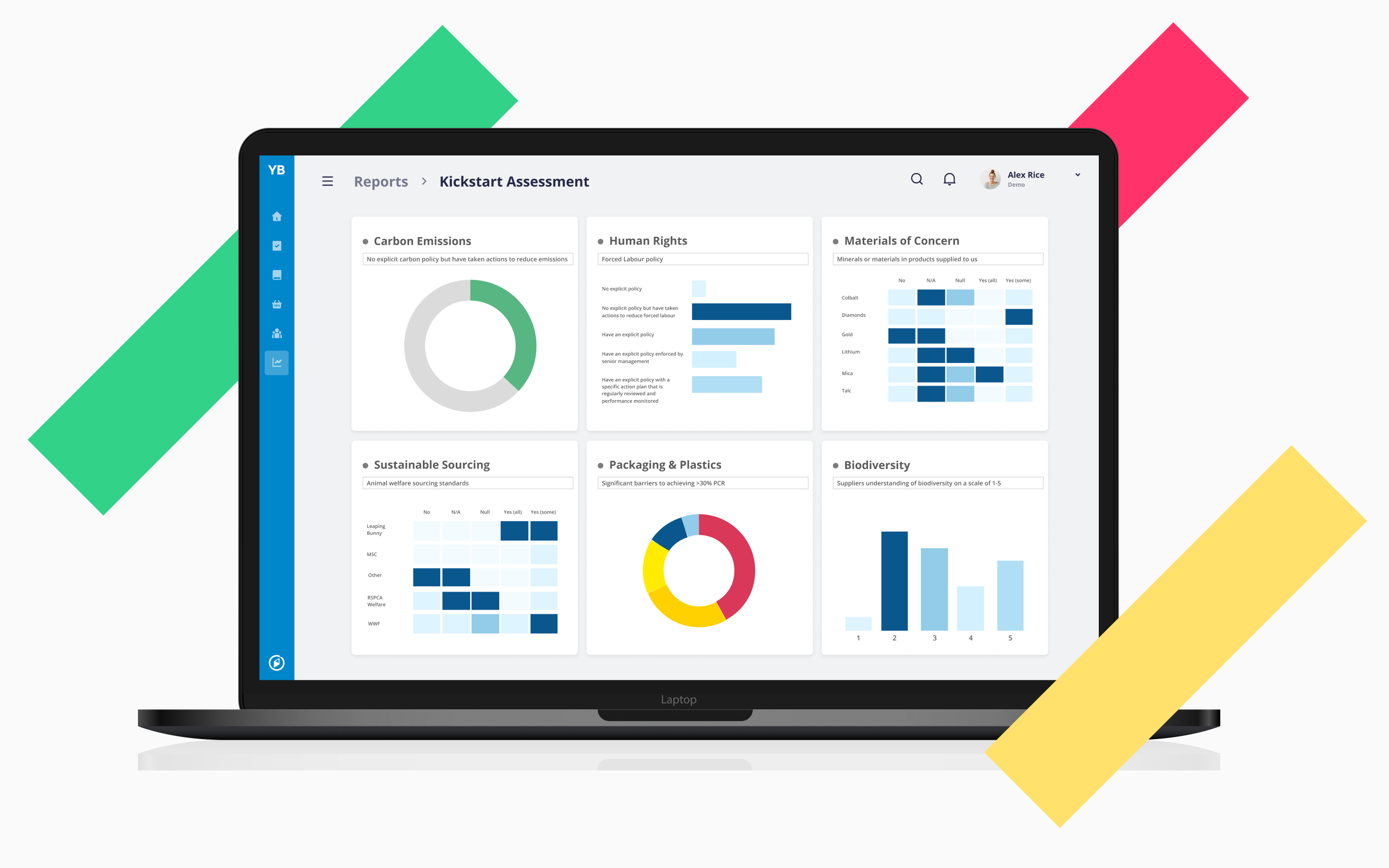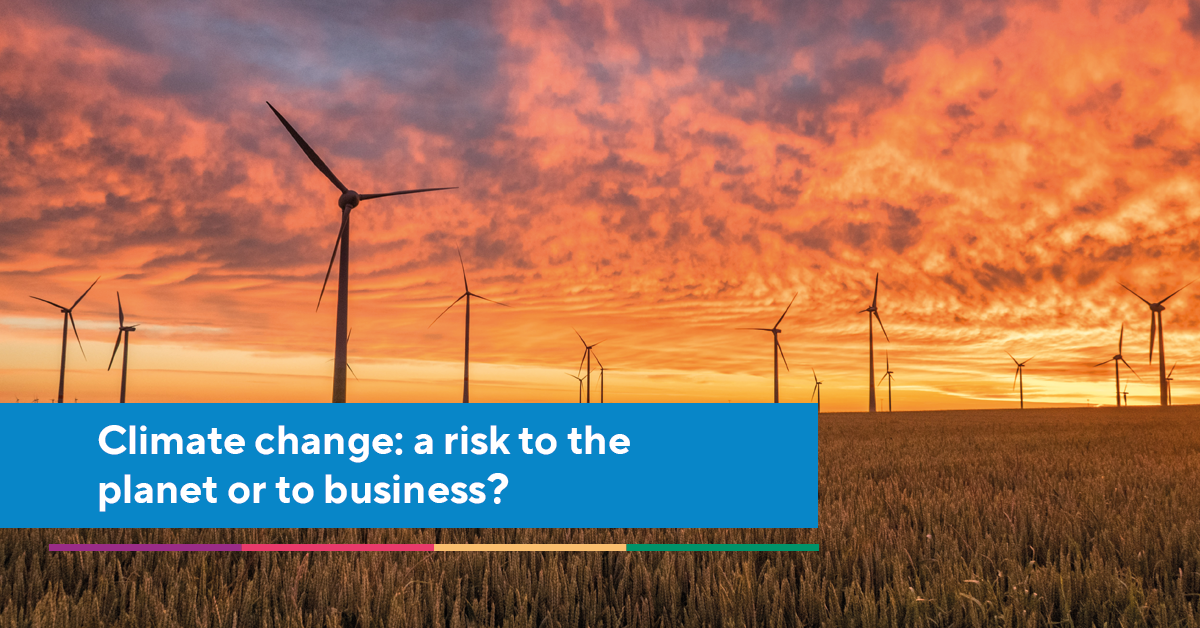If your company has committed to Net Zero, made a Food Waste Pledge or promised to tackle any one of our big social and environmental challenges in line with the global Sustainable Development Goals (SDGs) for 2030, you’ll know that your biggest impact is out of your direct control. You will need to work with others to limit your impact, where more than 80% of the “others” are your suppliers. People who are responsible for supplier management or implementing a company’s sustainability requirements are tasked with motivating suppliers to collaborate quickly and effectively.
Food supply chains have similar challenges
Hampering the urgently needed action, are some common issues found in tackling sustainability in a typical food supply chain. Firstly, supply chains are complex and diverse, covering thousands of different products, ingredients and packaging. Secondly, the data to know who produced the product, where and how is often incomplete, inconsistent and out of date. Data can be dispersed over different systems and if you’re unlucky - in assorted Excel files! Thirdly, there are different sustainability issues to tackle and you need to understand which is most important (or material) to your business. From carbon emissions and waste to people and animal welfare, you must know where to direct your efforts in not only limiting your impact but making a positive difference. Finally, the size and supplier sector are different with varying degrees of sustainability knowledge.
In our drive for efficiency, it’s common for companies to focus on their top suppliers who are often larger companies or brands with established sustainability programmes. Unfortunately, this misses the opportunity to work with medium and small suppliers and help them to limit their own impacts. A one-size-fits-all approach to communicating sustainability requirements risks alienating some suppliers and missing valuable information from others. And that delays change even further.
Engaging all suppliers makes an impact
By tailoring your supplier engagement efforts and targeting suppliers according to their know-how and capabilities, you can tackle sustainability challenges effectively, sparking real change in your supply chains. For example, smaller suppliers with limited resources are typically less informed on how to tackle sustainability. When you understand that the larger suppliers are already at a certain level, you can spend less time with them and more time working with the less developed suppliers towards your own sustainability goals.
When you genuinely connect with suppliers, including the smaller ones, you encourage diversity within your supply chain which builds resilience. Not only that, but smaller suppliers tend to respond quickly to needed changes and once you have them on board will work to help you meet your goals. These suppliers will pass on the know-how to their networks, creating a wave of impact that you might not have achieved before. Small changes do add up.
What you do in your supply chain matters to consumers and people want to know how brands and retailers impact their supply chains. The output of your engagement work can help you to reassure your customers that you are actively making change.
Overcome overwhelm with understanding, insights and alignment
It’s perfectly understandable if you are overwhelmed at the prospect of communicating with hundreds if not thousands of suppliers. During my time at METRO, I struggled with this, for example, informing our private label suppliers with the new packaging policy and asking for technical specifications and the quantities of packaging they supplied us with. My team could have done with a tool that helped us to communicate effectively and get the important data we needed!
Understanding the environmental and social impact of your supply chain is crucial for today’s businesses. By gaining insights into these issues, you can identify high-impact projects and areas of focus that align with your sustainability goals. One effective way to assess your suppliers’ sustainability journey is through the Supply Pilot Kickstart Assessment which enables you to understand which environmental and social issues are impacted by your supply chain. Using a simple questionnaire, you can gauge where a supplier is on their sustainability journey using it to understand your suppliers’ knowledge and activities. With this information, you can create your own impactful sustainability strategy which crucially covers 80% or more of your footprint.
Engaging authentically and effectively with suppliers
Once you have the assessment results (like those in the example below), you can move your strategy forward and direct your time and resources where it matters most.

Here are some things to smooth your journey as you engage further into your supply chain:
- To be most effective, align your activities where possible with existing business processes. You might even find that the processes improve because of this initiative! For example, include sustainability on the agenda of supplier meetings.
- Make a communication plan that integrates this sustainability initiative with existing touchpoints and communication channels. Examples are buyer-supplier meetings, NPD meetings, supplier visits, supplier conferences, and supplier portals. QA or technical teams are usually engaged with suppliers on food safety and compliance aspects and can be great allies in supplier engagement.
- Ensure that colleagues who are in contact with suppliers (be they buying/sourcing/procurement/supply chain/technical) are fully on board and understand the objective. Involve them in creating communication material where relevant and ensure that everyone understands it and can explain it to your suppliers. For example, a meat buyer must know the risks of deforestation, why it matters, how it is impacted by suppliers and what the suppliers must do to meet your requirements.
- Depending on how and who manages this initiative, there are different streams of activity – with suppliers and with colleagues who are in contact with suppliers. Naturally, the content and channel of your communication must be tailored to each.
- Write company policies on key issues with goals, target dates and supplier requirements.
- Write explainers with the issue, why it’s important, your company requirement, what has been achieved to date, good practices, and key facts.
- Tailor the content according to the delivery format for example, a downloadable fact sheet won’t have the full text of your sustainability policy, but it will have the key points, facts and requirements.
- Use existing tools from recognised external sources wherever possible for example, WRAP’s Greenhouse Gas Reporting Protocol, ETI’s Modern Slavery Statement framework, CGF Golden Design Rules for Plastic Packaging. Not only will you save time, but communication is more consistent and achieves impact at scale.
- If you ask suppliers to meet a certain standard, consider using those that are in line with a common benchmark such as the CGF’s Sustainable Supply Chain Initiative (SSCI) which is accepted by retailers and large brands.
- Remember to update your information regularly!
- Your company intranet, shared drive, website or supplier portal. Portals can be internally or externally hosted, for example, The Supply Pilot Platform.
- Offer training or information sessions via webinars tailored according to the suppliers’ capabilities (the Kickstart Assessment highlights this). Make it relevant to the products supplied and consider potential language difficulties.
- For each supplier group decide the level and detail of information you will give them and what you need them to send to you.
As the information flows in, you will find a richer base on which to build your sustainability strategy, make positive change and authentically communicate the good work your new partnerships create.
The climate emergency and social inequity are the biggest challenge to business as we know it yet present the chance to meaningfully connect with your suppliers to make positive changes at scale. I hope this supplier engagement and sustainability implementation approach is useful and help you spark action in your business!




